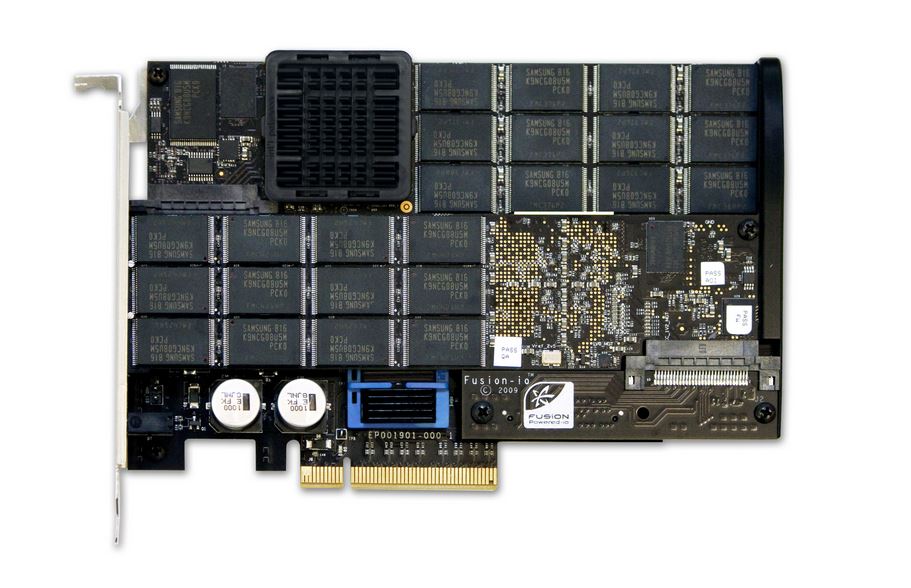Explore Dell business technology solutions for computers, servers, storage and computer accessories. Discover technology that can improve your business. Fusion-io called their architecture ioMemory. It was announced at the DEMO conference in 2007, and software called ioSAN was shown in 2008. In March 2009, Hewlett-Packard announced the HP StorageWorks IO Accelerator adaptation of Fusion-io technology specifically for HP BladeSystem C-Series servers. IBM’s project Quicksilver, based on Fusion-io. Find many great new & used options and get the best deals for Fusion-io ioDrive 320GB PCI-Express Flash Drive SSD Storage Dell 9WHPF DW2VJ at the best online prices at eBay! Free shipping for many products! No, you do not need to mirror. The Fusion-io cards do have quite good internal redundancy. This isn't the kind of hardware where your disk is a single chip. In most of the situations where I've observed failure, it's been a firmware problem that has affected both members of a mirror so RAID would not have mattered. Yeah, I just installed the kernel drivers (kali is completely updated) and I am having the same issue. Dmesg sees it, but I can't modify it with ifconfig, nor does the wireless menu list any other devices to use. Usb 1-2: new high-speed USB device number 5 using xhcihcd usb 1-2: New USB device found, idVendor=0bda, idProduct=8812.
I was working on a Mongo database server that was going to be running a Fusion-io/Sandisk ioDrive2 card for wicked speed, and also needed to do on disk encryption…fun task. I am using CentOS7 and ioDrive2 drivers version 3.2.10. I wanted auto mounting of the space, so I can have the services start on reboot (after putting in the LUKS password).


Dell Fusion Io Drivers Downloads
1. download drivers from https://link.sandisk.com/Home/SoftwareDownload (may need to make account first) (in this case v 3.2.10)
2. # tar xvf fusionio-files-*.tar
3. # uname -r (now check the binary available does it match your kernel? – mine did not)
4. # cd fusionio-files-*/ioDrive2/Linux_centos-7/3.2.10/Software Source
5. # rpmbuild –rebuild iomemory-vsl-3.2.10.1509-1.0.el7.centos.src.rpm
6. # cd ~/rpmbuild/RPMS/x86_64/
7. # yum install iomemory-vsl-3.10.0*.rpm iomemory-vsl-config-3.10.0-*.rpm iomemory-vsl-source-3.2.10*.rpm
8. # cd ~/fusionio-files-*/ioDrive2/Linux_centos-7/3.2.10/Utilities/
9. # yum install fio*.rpm
10. # yum install lib*.rpm
11. # mkdir /var/lib/mongo
12. # modprobe iomemory-vsl
13. # dmesg (to vierify that the device was found)
**** now setup LUKS encryption ****
Dell Fusion Io Drivers Mac
14. # cryptsetup -y create iomongo /dev/fioa
15. # mkfs.xfs /dev/mapper/iomongo
16. # mount /dev/mapper/iomongo /var/lib/mongo
17. # vim /etc/crypttab
add the line:
iomongo /dev/fioa none
18. # vim /etc/sysconfig/iomemory-vsl
uncomment the following:
ENABLED=1
modify and add the mount points
MOUNTS=”/var/lib/mongo”
19. # reboot
(verify everything comes up – notice if you have other LUKS encrypted devices and you use the same password on all of them, you will only be asked once for a password and all your devices should work)
Comments are closed.